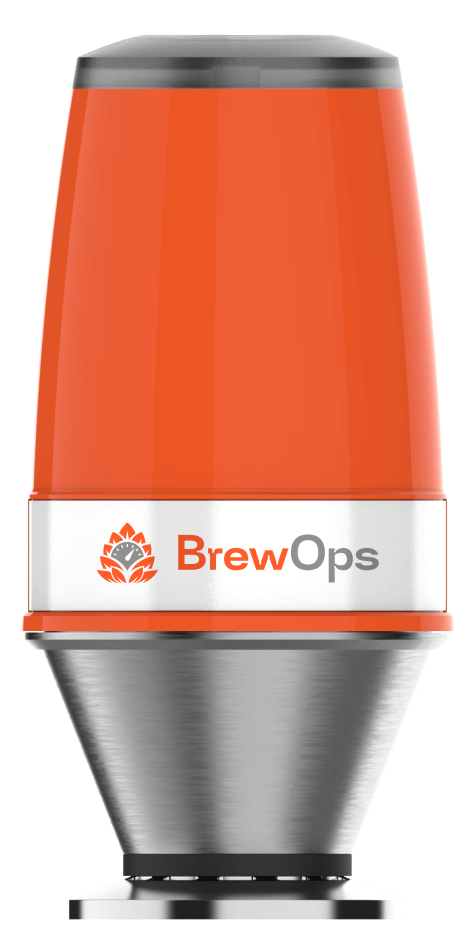Craft breweries are known for their dedication to quality, flavor, and innovation. In the pursuit of brewing excellence, every aspect of the brewing process matters, including beer filtration. In this blog, we’ll explore the crucial role of dissolved oxygen (DO) control during the filtration process, examining the benefits of DO monitoring, best practices, and cutting-edge technologies for craft breweries.
Understanding Beer Filtration
The Filtration Process
Beer filtration is the final frontier before beer reaches your glass. It involves the removal of unwanted particles and solids to enhance clarity, stability, and flavor. This critical step ensures the highest quality craft beer.
Quality Control
Quality control is the hallmark of craft brewing. Brewmasters strive for consistent, high-quality beer, and the filtration process plays a pivotal role in achieving this goal.
The Importance of DO Monitoring
Dissolved Oxygen (DO)
Dissolved oxygen, present in beer, can lead to quality issues if not controlled during filtration. Excessive DO levels can cause oxidation, off-flavors, and aroma changes, diminishing the beer’s overall quality.
Preventing DO Pickup
DO pickup, the unintended introduction of oxygen, is a craft brewer’s nightmare. It can occur during filtration, kegging, or bottle filling. Monitoring DO levels is essential to prevent this.
DO Sensors: Your Quality Assurance
DO Sensors
DO sensors are indispensable tools in craft breweries. They detect oxygen levels in real-time, allowing brewers to take immediate corrective actions when necessary.
Automated Filtration
Craft breweries can now embrace automated filtration systems equipped with DO sensors. These systems enhance efficiency and minimize the risk of human error.
Best Practices for DO Control
Real-time In-line Monitoring
In-line DO monitoring during the filtration process is a game-changer. It provides continuous insights, enabling brewers to maintain the desired DO levels throughout the process.
Parameters for Effective Filtration
Craft brewers should establish filtration parameters that include DO control measures. By fine-tuning these parameters, breweries can achieve optimal beer clarity and stability.
Oxygen Scavengers
Oxygen scavengers are valuable allies in the fight against unwanted oxygen. Craft breweries can incorporate these compounds into their filtration process to neutralize any remaining oxygen.
Challenges and Innovations
Challenges of DO in Filtration
DO control in filtration presents challenges such as calibration, maintenance, and interpreting sensor data. However, these challenges are surmountable with the right knowledge and tools.
Innovations in DO Monitoring
The craft brewing industry continually evolves. New DO detection techniques and technologies emerge to empower brewers with better control and real-time insights.
Conclusion
Beer filtration is the final step in the journey to craft beer excellence, and dissolved oxygen control is a pivotal aspect of this process. By embracing DO monitoring, implementing best practices, and staying abreast of innovations, craft breweries can ensure that every drop of their beer meets the highest standards of quality, flavor, and clarity. Control over dissolved oxygen isn’t just a practice; it’s a testament to a craft brewer’s commitment to delivering the finest brews to discerning beer enthusiasts.



